Chocolate is a multi-billion dollar industry, with global sales projected to reach approximately $127.9 billion in 2024. Our team at Kadence International researched the diverse preferences for chocolate across the APAC region, focusing on countries like Singapore, Thailand, India, Indonesia, Malaysia, Japan, Taiwan, China, and Australia.
Taste: The Universal Priority
Unsurprisingly, taste is the top factor for consumers in all surveyed countries when purchasing chocolate. In Thailand, an overwhelming 78% of respondents cited taste as their primary consideration, significantly higher than the regional average of 46%. However, what constitutes “taste” varies: Singaporeans and Indonesians prefer sweeter chocolates, while Taiwanese consumers favour less sweetness, and Thais prioritise chocolate aroma.
Texture: A Close Contender
Texture is the second most important attribute in several markets, including Singapore (27%), Australia (24%), India (26%), and Malaysia (25%). Preferences for texture also vary widely: Australians prefer a silky, smooth texture, whereas Malaysians and Singaporeans enjoy a bit of crunch, often favouring chocolates with nuts or cookie fillings.
Unique Preferences by Country
- China: Consumers in China value the energy boost from chocolate (16%), reflecting a practical approach to chocolate consumption.
- Japan: Health is a significant concern, with calorie content being the second most important factor. This aligns with broader cultural trends in Japan, where maintaining a healthy diet is paramount.
- Taiwan: Emotional satisfaction is crucial, with 14% of consumers seeking the feel-good factor that chocolate provides.
Price Sensitivity
Price is a significant factor in countries like Japan (75%), Taiwan (68%), and Indonesia (62%). In contrast, consumers in China and India focus more on the quality of chocolate than the price.
Market Trends and Opportunities
The APAC chocolate market is evolving with trends such as increasing demand for organic and health-focused products. For instance, organic chocolate products are gaining popularity in China as consumers become more health-conscious. Additionally, companies like Nestle and Barry Callebaut are innovating to meet these preferences, introducing products catering to health, texture, and premium taste demands.
Leading Chocolate Brands in the World
Below is a table of leading chocolate brands globally and specifically in Asian markets, highlighting their market presence and annual sales:
| Brand | Headquarters | Annual Sales (USD) | Market Presence |
| Mars, Inc. | USA | $18 billion | Global |
| Ferrero Group | Italy | $12 billion | Global |
| Mondelez International | USA | $11 billion | Global |
| Nestlé S.A. | Switzerland | $10 billion | Global |
| Hershey’s | USA | $8 billion | North America, Asia, Europe |
| Lindt & Sprüngli | Switzerland | $4 billion | Global |
| Barry Callebaut | Switzerland | $3.5 billion | Global (focus on B2B market) |
| Meiji Holdings | Japan | $2 billion | Japan, Asia |
| Lotte Confectionery | South Korea | $1.5 billion | South Korea, Asia |
| Godiva Chocolatier | Belgium | $1 billion | Global |
| Fuji Oil Company, Ltd. | Japan | N/A | Japan, Asia |
| Orion Corp. | South Korea | N/A | South Korea, Asia |
History of Chocolate in Asia
Chocolate was introduced to Asia relatively late compared to Europe and the Americas. It wasn’t until the early 20th century that chocolate began to gain popularity in countries like Japan and China. Japanese companies such as Meiji and Lotte played a significant role in popularising chocolate by introducing it as a luxurious treat. In recent decades, the rising middle class and increased urbanisation have driven chocolate consumption across Asia, making it one of the fastest-growing markets for chocolate globally.
Flavor Profiles: East vs. West
The flavour profiles preferred by consumers in the East and the West can be quite different. Western consumers often favour decadent, creamy, and sweet chocolates. In contrast, Asian consumers have a more diverse palette, appreciating flavours like matcha, red bean, and even wasabi in their chocolates. This diversity requires international chocolate brands to adapt their recipes to local tastes. For example, KitKat offers a wide range of unique flavours in Japan, including green tea and sake, which are unavailable in Western markets.
Adapting Recipes for Asian Palates
Several international chocolate brands have had to modify their recipes to appeal to Asian consumers. For instance, Hershey’s has reduced the sweetness of its chocolates for the Chinese market, while Cadbury introduced chocolates with local flavours like mango and chilli for the Indian market. These adaptations are crucial for maintaining market relevance and meeting consumer expectations.
Image credit: Cadbury
Milk, Dark, and White Chocolate Sales
Globally, milk chocolate is the most popular, accounting for about 50% of chocolate sales. However, preferences vary significantly by region. Dark chocolate is gaining popularity in Asia due to its perceived health benefits. In Japan, for example, dark chocolate sales have increased by 20% over the past five years. While less popular, white chocolate enjoys a niche market in countries like Malaysia and Indonesia, where its sweet, creamy taste is well-received.
Ethically Sourced Chocolate
Asian consumers are increasingly aware of the ethical implications of their chocolate purchases. There is a growing demand for ethically sourced chocolate, which ensures fair wages and working conditions for cocoa farmers. Brands like Tony’s Chocolonely and Alter Eco are gaining traction in Asian markets by promoting ethical sourcing practices. This trend will continue as consumers become more conscious of sustainability and ethical production methods.
The Appeal of Imported Chocolate
Imported chocolate has a strong appeal in Asia and is often perceived as a premium product. European chocolates, in particular, are highly sought after for their quality and craftsmanship. Swiss and Belgian chocolates are considered the gold standard and are often given as gifts during festivals and special occasions. This preference for imported chocolates underscores the importance of quality and brand reputation in the Asian market.
Consumer Behavior and Trends
- Shifts Over the Years
Consumer behaviour in the APAC region has shifted significantly over the past decade. Increased disposable income and urbanisation have increased the demand for luxury and premium chocolates. Health-conscious consumers are also driving demand for dark and sugar-free chocolates.
- Influence of Younger Generations
Younger generations influence chocolate consumption trends by favouring healthier, ethically sourced options. Millennials and Gen Z consumers are likelier to choose chocolates that align with their values, such as sustainability and fair trade. This demographic is also open to experimenting with unique flavours and premium products.
Cultural Significance
Chocolate holds cultural significance in various APAC countries and is often used in festivals and celebrations. In China, chocolates are popular gifts during the Chinese New Year. In Japan, Valentine’s Day is celebrated with women giving chocolates to men, followed by White Day, when men reciprocate with gifts, often chocolates. Understanding these cultural nuances is essential for brands aiming to succeed in these markets.
Innovations in Chocolate
Recent innovations in the chocolate industry include introducing ruby chocolate, vegan chocolate, and chocolates infused with superfoods like quinoa and chia seeds. In the APAC region, unique regional flavours such as matcha, yuzu, and red bean are incorporated into chocolate products, catering to local tastes and preferences.
Challenges and Opportunities
Challenges
Chocolate brands in the APAC market face several challenges, including supply chain issues, competition from local brands, and rapidly changing consumer preferences. Additionally, concerns about health and the environmental impact of cocoa production can affect consumer choices.
Opportunities
Despite these challenges, there are significant opportunities for growth. Expanding into rural markets, developing new product lines tailored to regional tastes, and emphasising health benefits and ethical sourcing can help brands capture a larger market share.
Case Studies
Several chocolate brands have successfully entered and thrived in the APAC market. For instance, Meiji in Japan has gained a loyal customer base by focusing on high-quality ingredients and innovative products. Similarly, Cadbury has adapted its product offerings to include local flavours, such as the popular Dairy Milk Silk with roasted almonds in India.
Image credit: Meiji
International Success
International brands like Ferrero Rocher have also found success by emphasising their premium quality and associating their products with celebrations and special occasions. Their strategic marketing and adaptation to local tastes have helped them build a strong regional presence.
Chocolate Consumption Per Capita
Below is a table detailing the per capita chocolate consumption per year in selected countries:
| Country | Per Capita Consumption (kg/year) |
| Switzerland | 9.1 |
| Germany | 8.2 |
| Austria | 8.0 |
| UK | 7.5 |
| Sweden | 6.4 |
| USA | 5.5 |
| Australia | 5.1 |
| Japan | 2.2 |
| China | 1.2 |
| India | 0.7 |
| Indonesia | 0.4 |
Strategic Implications for Brands
For chocolate brands targeting the APAC market, it’s essential to understand these nuanced preferences and tailor marketing strategies accordingly. Emphasising different product attributes, such as texture, health benefits, or emotional satisfaction, can resonate better with specific national markets. Treating the APAC region as a homogenous market could lead to missed opportunities and reduced market penetration.
Final Thoughts
While chocolate is universally loved, the reasons for its appeal vary significantly across countries. Companies must adapt their strategies to align with local tastes and preferences, ensuring they cater to the diverse chocolate consumers in the APAC region. By doing so, they can strengthen their market presence and cater effectively to the growing demand for chocolate in this dynamic region.
Get regular insights
Keep up to date with the latest insights from our research as well as all our company news in our free monthly newsletter.


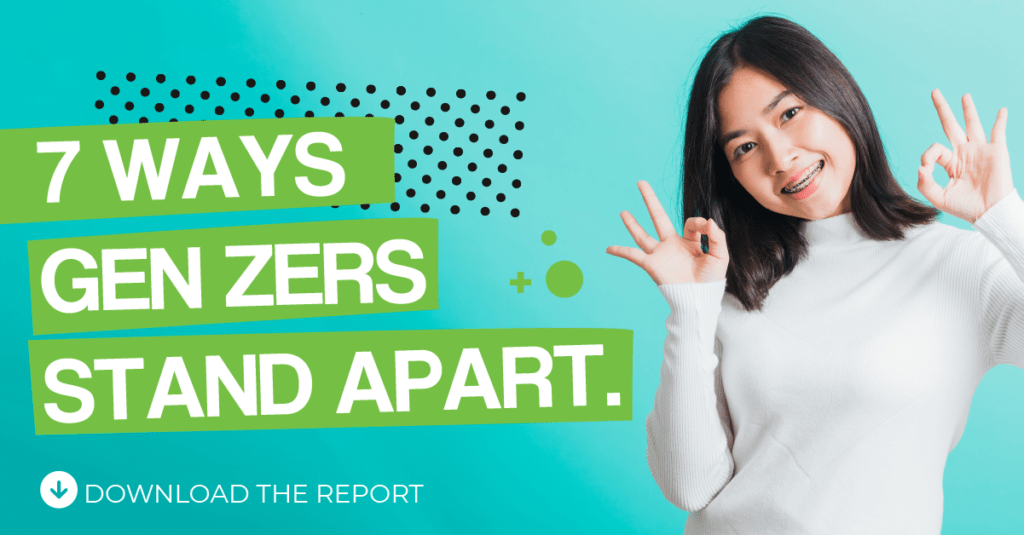

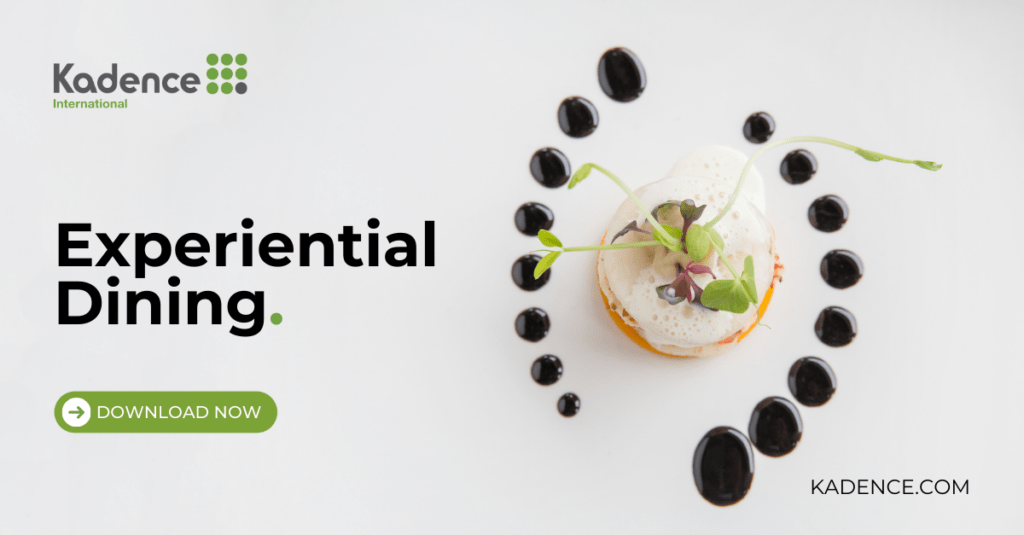
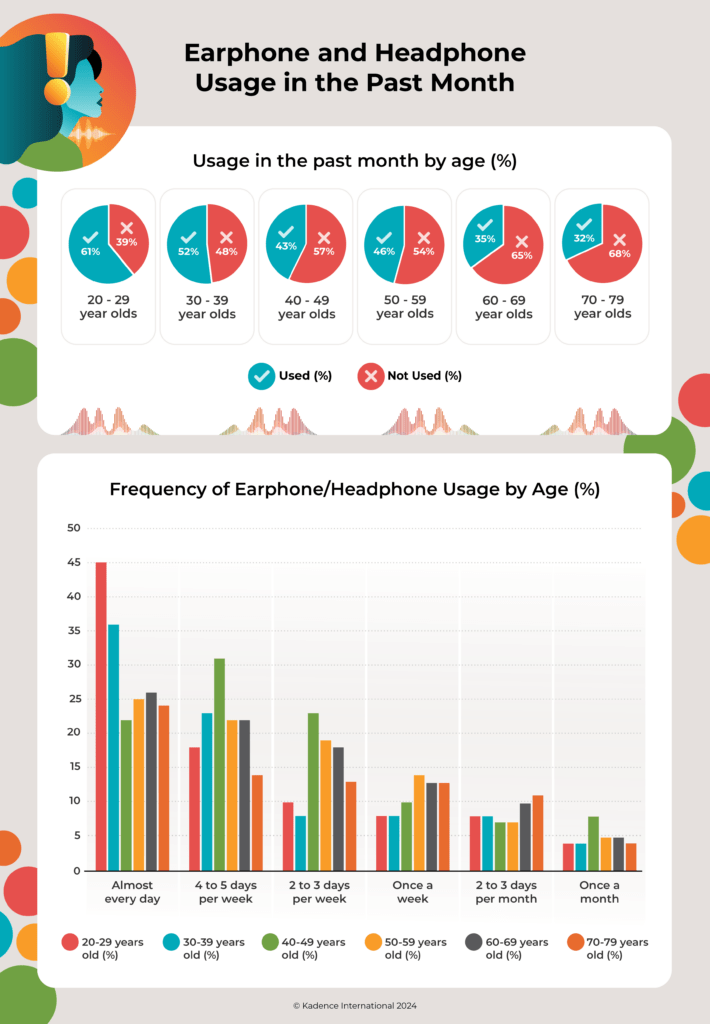

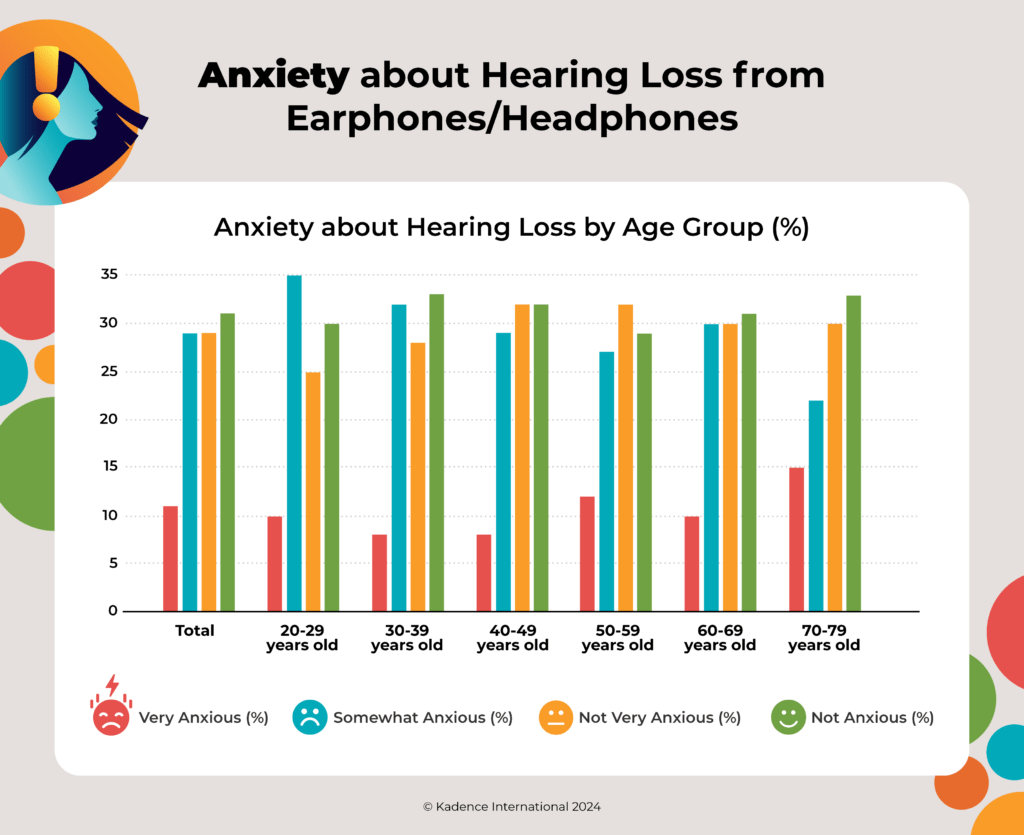
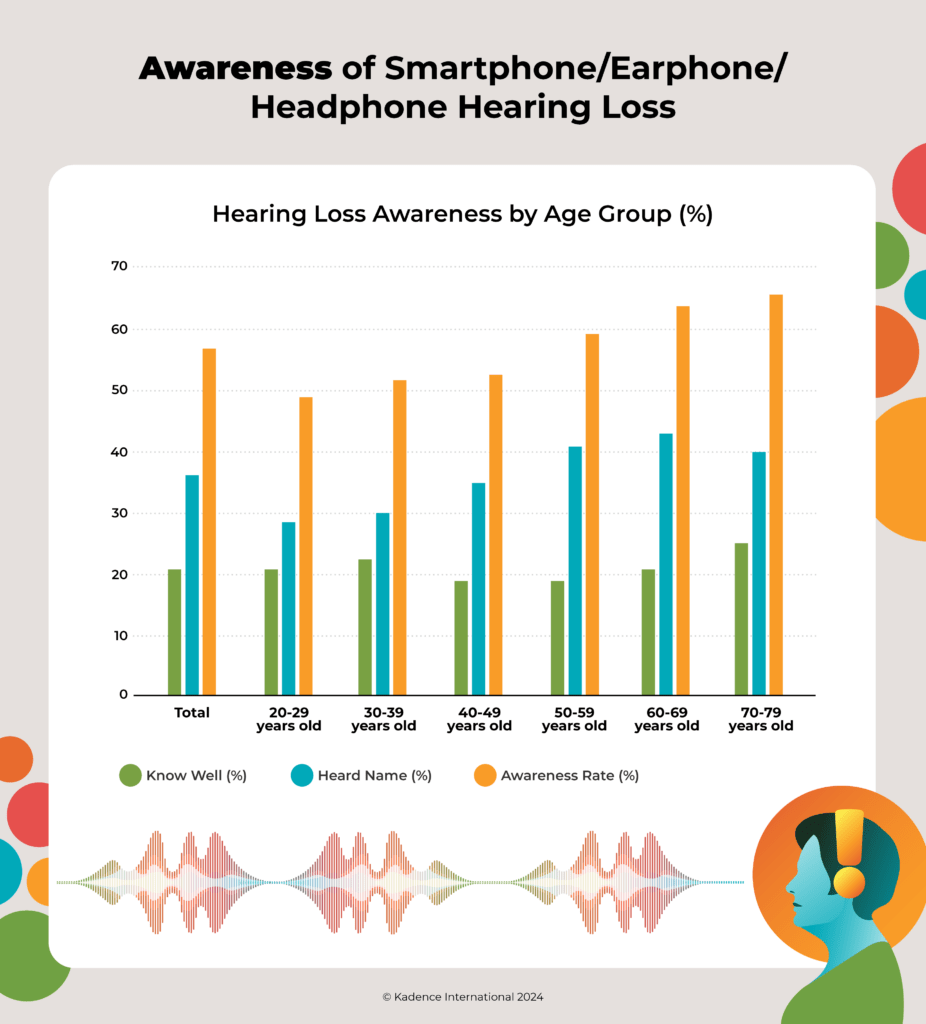
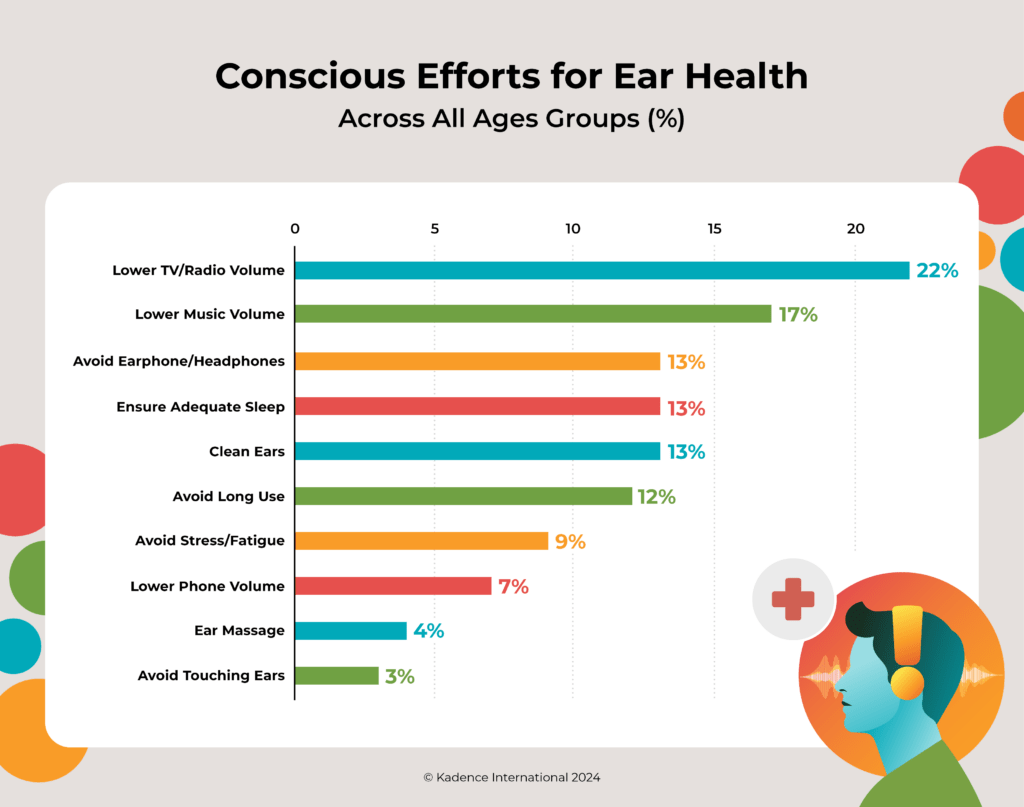
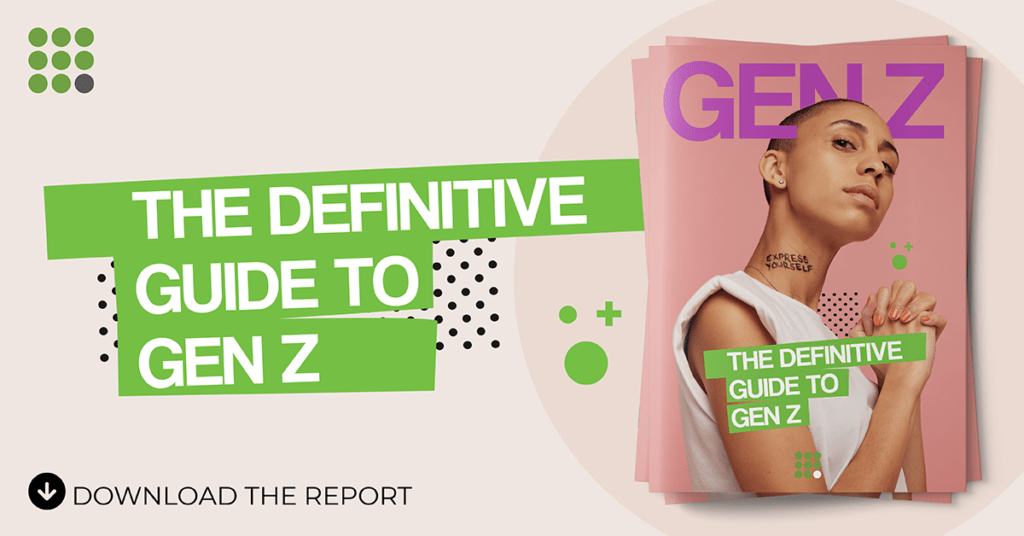


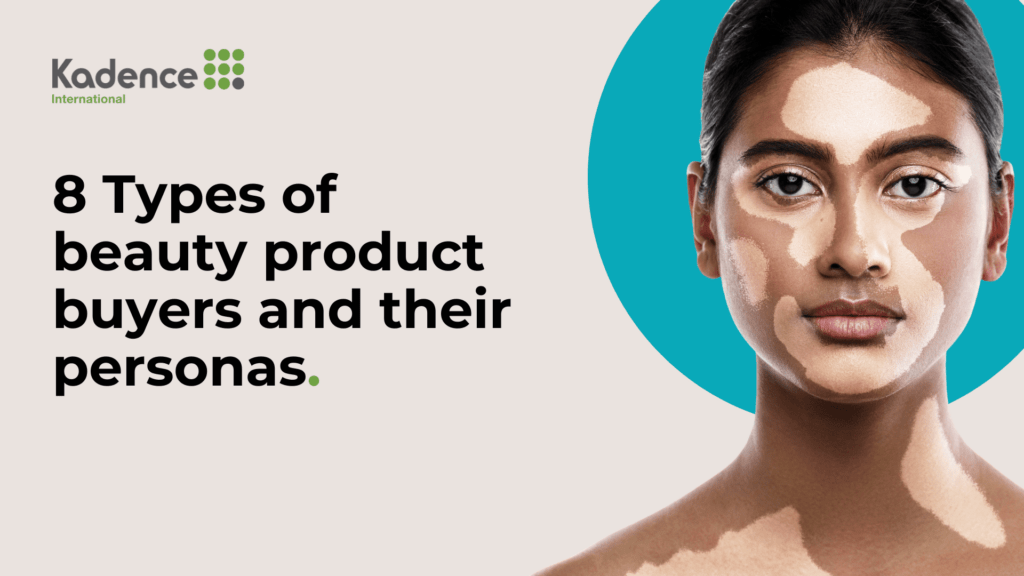


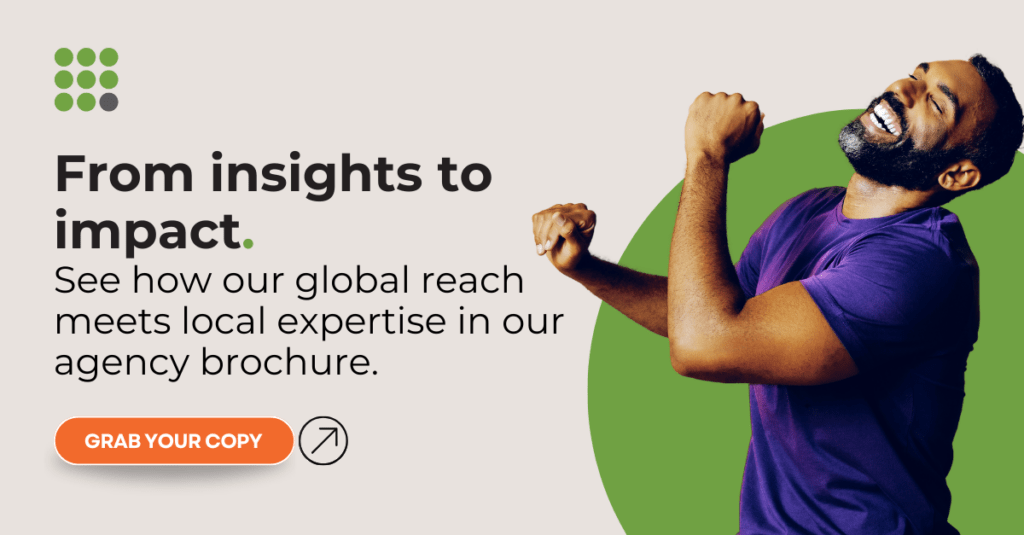

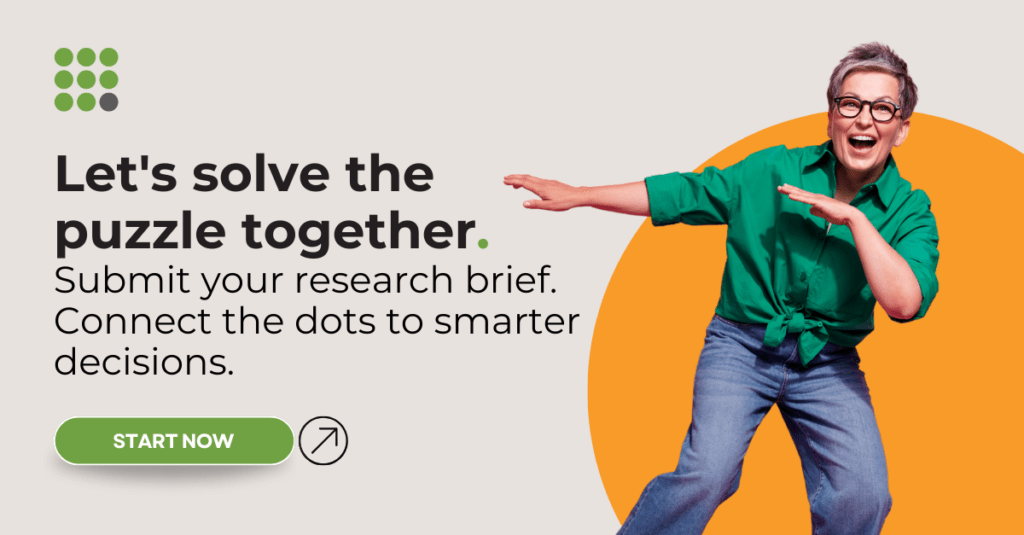


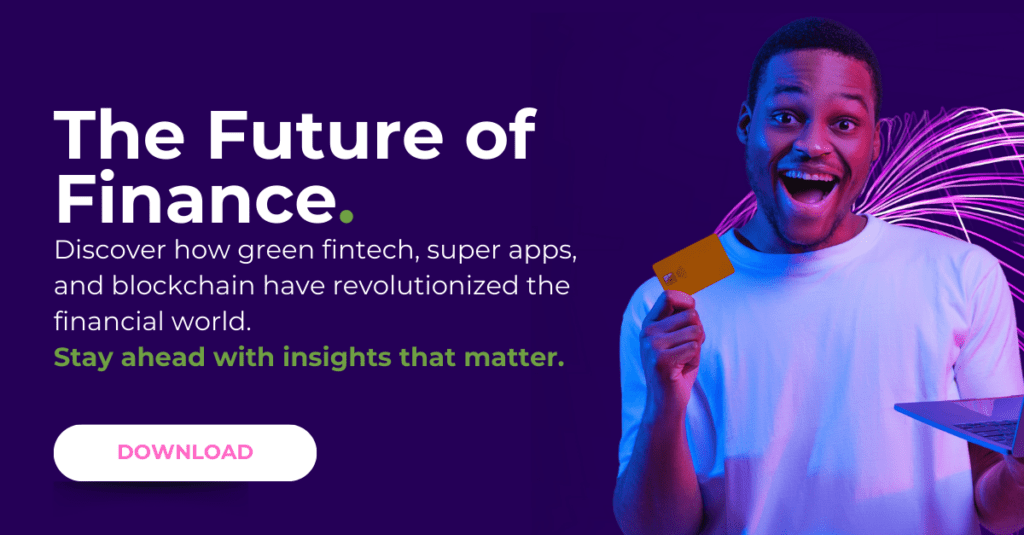
 Senior Marketing Executive
Senior Marketing Executive Sales & Marketing
Sales & Marketing General Manager PR -Internal Communications & Government Affairs
General Manager PR -Internal Communications & Government Affairs Vital Strategies
Vital Strategies
 Customer Intelligence Director
Customer Intelligence Director